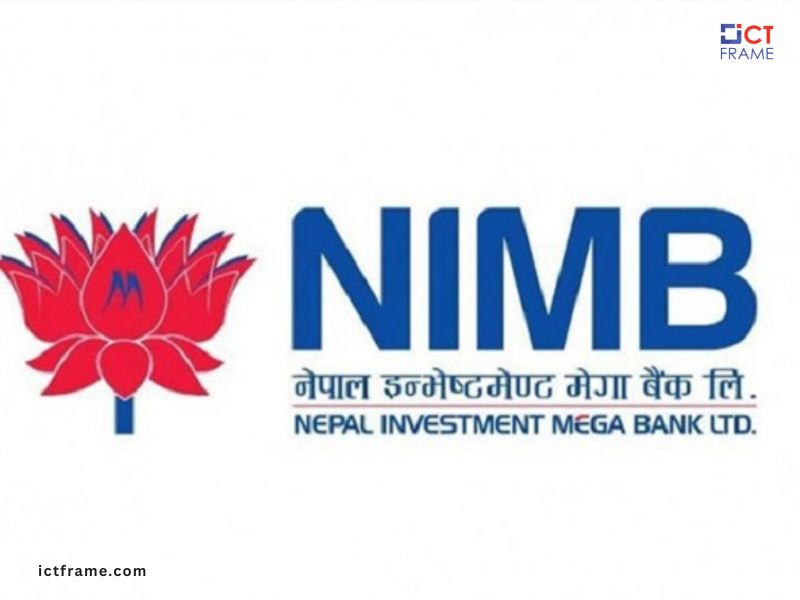Bir Hospital Launches Simultaneous 10-Virus Respiratory Testing
Bir Hospital virus testing
13th November 2025, Kathmandu
Bir Hospital has started a groundbreaking diagnostic service. The hospital now offers simultaneous testing for ten different respiratory viruses.
Bir Hospital virus testing
This capability is a significant leap forward in rapid and efficient disease diagnosis. This new protocol enhances patient care and resource management.
The core technology driving this improvement is based in the hospital’s Medical Genetics Laboratory. The launch of the Bir Hospital virus testing facility marks a major milestone in Nepal’s medical landscape.
The Need for Simultaneous Testing
Previously, diagnosing a patient with a respiratory illness was often a prolonged process. Doctors had to test for various viruses one by one. This sequential testing was time-consuming. It also increased the overall cost for the patient.
Dr. Neelam Thakur, Chief of the Medical Genetics Department at the hospital, emphasized the challenges. “We used to test for these ten viruses separately. This made finding the exact pathogen difficult,” she explained.
The new simultaneous testing addresses this critical issue. Now, a single test can identify which specific virus is causing the disease. This leads to quicker and more accurate treatment plans.
Cost-Effective and Efficient Diagnostics
The new testing method is both efficient and economical. Dr. Thakur noted the reduction in expenses. “Testing all ten viruses at the same time is far more cost-effective. It saves patients from needing multiple different tests.”
Furthermore, the certainty provided by the simultaneous test is invaluable. It quickly pinpoints the causative agent. This eliminates the need for repeated testing procedures. Once the virus is identified, immediate treatment can begin right within the hospital. This streamlines the entire patient journey from diagnosis to cure.
Expanding Diagnostic Capabilities
The Medical Genetics Laboratory’s advancements are not limited to respiratory illnesses. The lab has also launched simultaneous testing for six different viruses responsible for brain infections (encephalitis/meningitis). This is another major step in improving neurological diagnostics.
Moreover, the laboratory is equipped to test for extrapulmonary tuberculosis. This refers to tuberculosis affecting parts of the body other than the lungs. This broadens the hospital’s infectious disease diagnostic range significantly.
The Challenge of Resources
The Medical Genetics Laboratory was established in 2073 BS (c. 2016/2017 AD). Its original mandate was the identification and treatment of genetic diseases. Genetic diseases are conditions caused by abnormalities in the genes.
Despite its critical role, the laboratory faces hurdles. Dr. Thakur highlighted the resource constraints. “This is the primary governmental laboratory for detecting genetic diseases,” she stated.
However, the team is small. “We only have three staff members,” she revealed. Equipment shortages also hinder operations. This lack of adequate human resources and equipment prevents the lab from conducting daily, full-capacity testing.
Impact on Healthcare and the Future
The introduction of simultaneous Bir Hospital virus testing is a massive leap for diagnostic medicine in Nepal. It significantly cuts down the diagnostic window for patients with respiratory and neurological infections. Faster diagnosis means faster and more appropriate treatment. This will lead to better patient outcomes and reduced healthcare costs.
Despite the resource limitations, the Medical Genetics Laboratory is actively strengthening its services. The current achievements highlight the immense potential of genetic and advanced molecular diagnostics.
Securing more funding, staff, and equipment will allow this crucial facility to operate at full capacity. This will ensure consistent, high-quality, and accessible testing for the public. The hospital is committed to expanding its diagnostic technology to serve the nation better.
For more: Bir Hospital virus testing








